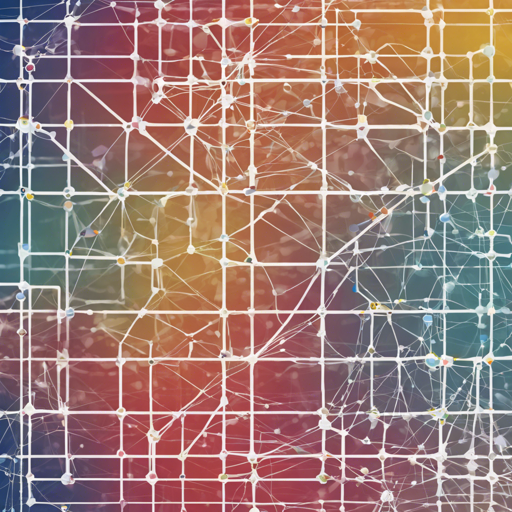In the realm of unsupervised image-to-image translation, the Dual Contrastive Learning Adversarial Generative Networks (DCLGAN) emerge as a game-changer. This blog post will guide you through the process of set-up and execution of DCLGAN using PyTorch, enabling you to achieve stunning image translation results. Let’s get started!
Prerequisites
- Python 3.6 or above
- Essential packages listed in
requirements.txt
Getting Started with DCLGAN
Follow these steps to clone the repository and install the necessary dependencies:
git clone https://github.com/JunlinHan/DCLGAN.gitFor installation:
- If using pip, run:
pip install -r requirements.txt - If using Conda, create a new environment with:
conda env create -f environment.yml
Training DCLGAN and SimDCL
Before initiating the training, you need to download the dataset. For instance, to download the grumpifycat dataset, run:
bash .datasets/download_cut_dataset.sh grumpifycatThis will prepare the dataset for training. To view the training results and loss plots, execute:
python -m visdom.serverNow you are ready to train the DCLGAN model by running:
python train.py --dataroot .datasets/grumpifycat --name grumpycat_DCLAlternatively, to train the SimDCL model, simply replace the model name:
python train.py --dataroot .datasets/grumpifycat --name grumpycat_SimDCL --model simdclUnderstanding the Code with an Analogy
Imagine training DCLGAN is like preparing a gourmet meal. You gather ingredients (data) from various sources (datasets) and make sure they are fresh and suitable (preprocessed). Then, you follow a recipe (training script) that precisely guides you through mixing these ingredients (data augmentation), cooking them (the training process), and finally, plating them (generating images). Just like a chef adjusts seasonings to achieve the perfect flavor, you can tweak hyperparameters to fine-tune your model for better results.
Testing DCLGAN
Once training is complete, you can test your model using:
python test.py --dataroot .datasets/grumpifycat --name grumpycat_DCLThe results of your tests will be saved in an HTML file for your review.
Performance Comparison
DCLGAN outshines previous models like CycleGAN in terms of robustness and performance. The variant SimDCL is particularly useful for handling small-scale, unbalanced datasets and effectively prevents mode collapse issues.
Troubleshooting Tips
- If you encounter installation issues, ensure that all prerequisites are completed correctly.
- For problems related to data paths, double-check that the .datasets directory contains the correct dataset structure.
- If your model training fails or produces poor results, consider adjusting the learning rates or batch sizes in your training script.
For more insights, updates, or to collaborate on AI development projects, stay connected with fxis.ai.
Concluding Thoughts
At fxis.ai, we believe that such advancements are crucial for the future of AI, as they enable more comprehensive and effective solutions. Our team is continually exploring new methodologies to push the envelope in artificial intelligence, ensuring that our clients benefit from the latest technological innovations.

